
Mauricio Pineda, who appears on “Nicoyan Rancher Uses Drip Irrigation to Feed Cattle During Droughts”, is a medium-sized cattle farmer who found an effective method of conserving water while maintaining production of pasture to feed his livestock: drip irrigation.
Pineda doesn’t do it out of benevolence. He still doesn’t know exactly what the new system’s profitability margins are, but he does know that he can keep his cattle alive during the droughts that ravage the region. That’s enough motivation for Pineda. Drip irrigation also helps protect Nicoya’s water table, located directly beneath Pineda’s ranch, by using water-soluble fertilizers that are less harmful than other chemicals.
His experience should be replicated throughout the region. Instead of the typical policies of giving handouts to affected cattle ranchers – as was the case with the National Emergency Commission in 2015 – the government should focus on providing more flexible credit to small producers and intensive, broad training that includes large-scale cattle ranchers and farms and helps raise awareness among them.
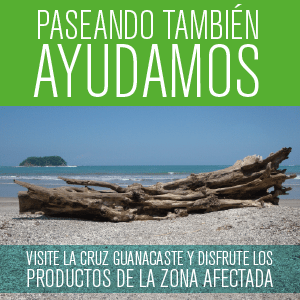
Those who manage many of the large fields and plots of land dedicated to agriculture in Guanacaste seem like they’re more interested in looking for excuses to not adapt to climate change than learning from experiences like Pineda’s or others, such as the rainwater reservoirs in Hojancha and Cerro Negro de Nicoya.
Technology and resources are available. Change isn’t only necessary – it’s urgent. Having water in the near future depends on agriculture, which consumes 75 percent of the country’s water resources.
Some officials from the University of Costa Rica, the Nicoya Municipality and the Agricultural Development Institute are in love with these new proposals, which come from the producers themselves and require government support to grow.
These officials should spread the message to the other agencies so that successful experiences with conserving water and efficient use of resources are no longer a novelty, but rather the norm in the region.
If we continue failing to learn from our mistakes, agricultural and cattle production – and the agencies that watch over them – will be responsible for what we all will be forced to endure in a future without enough water for human consumption.


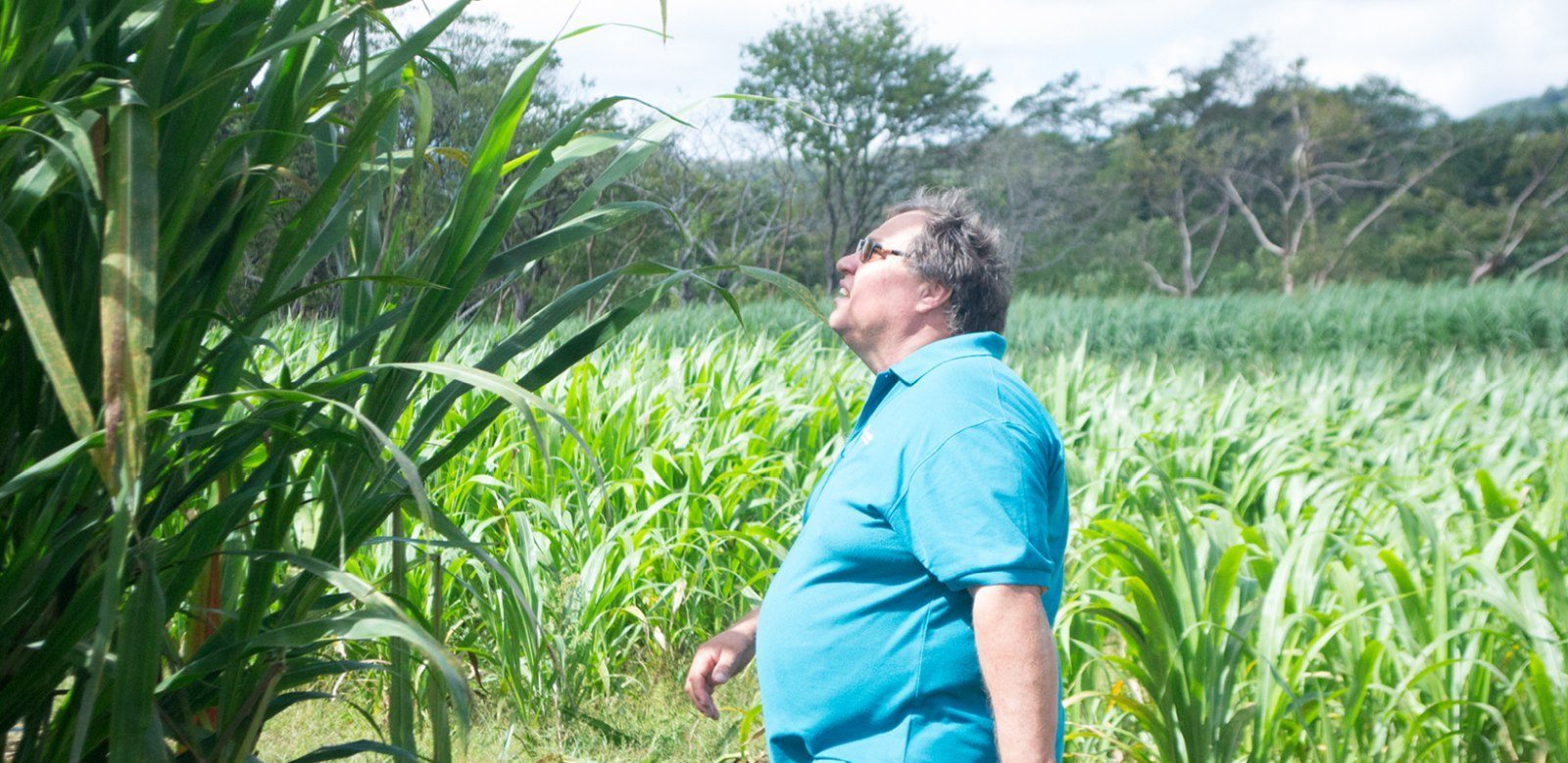
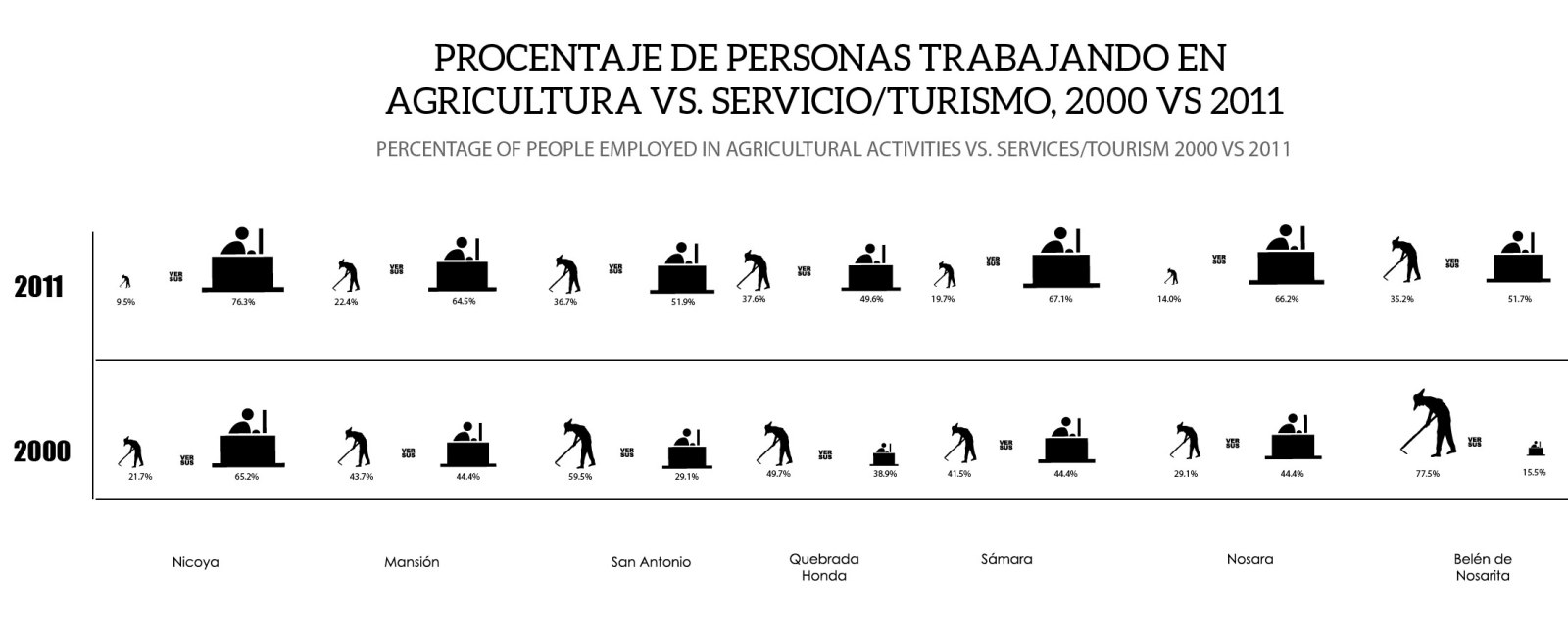
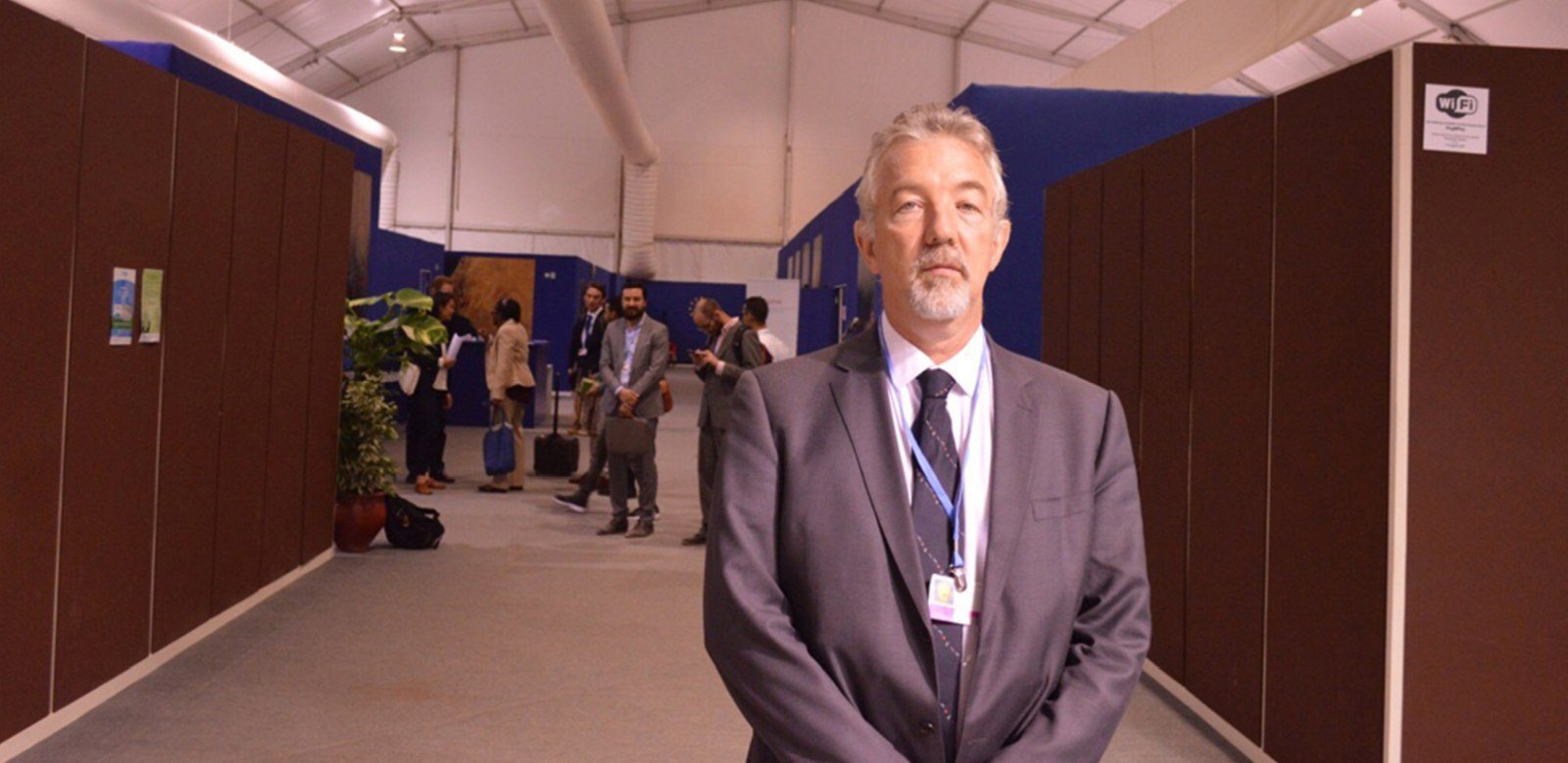
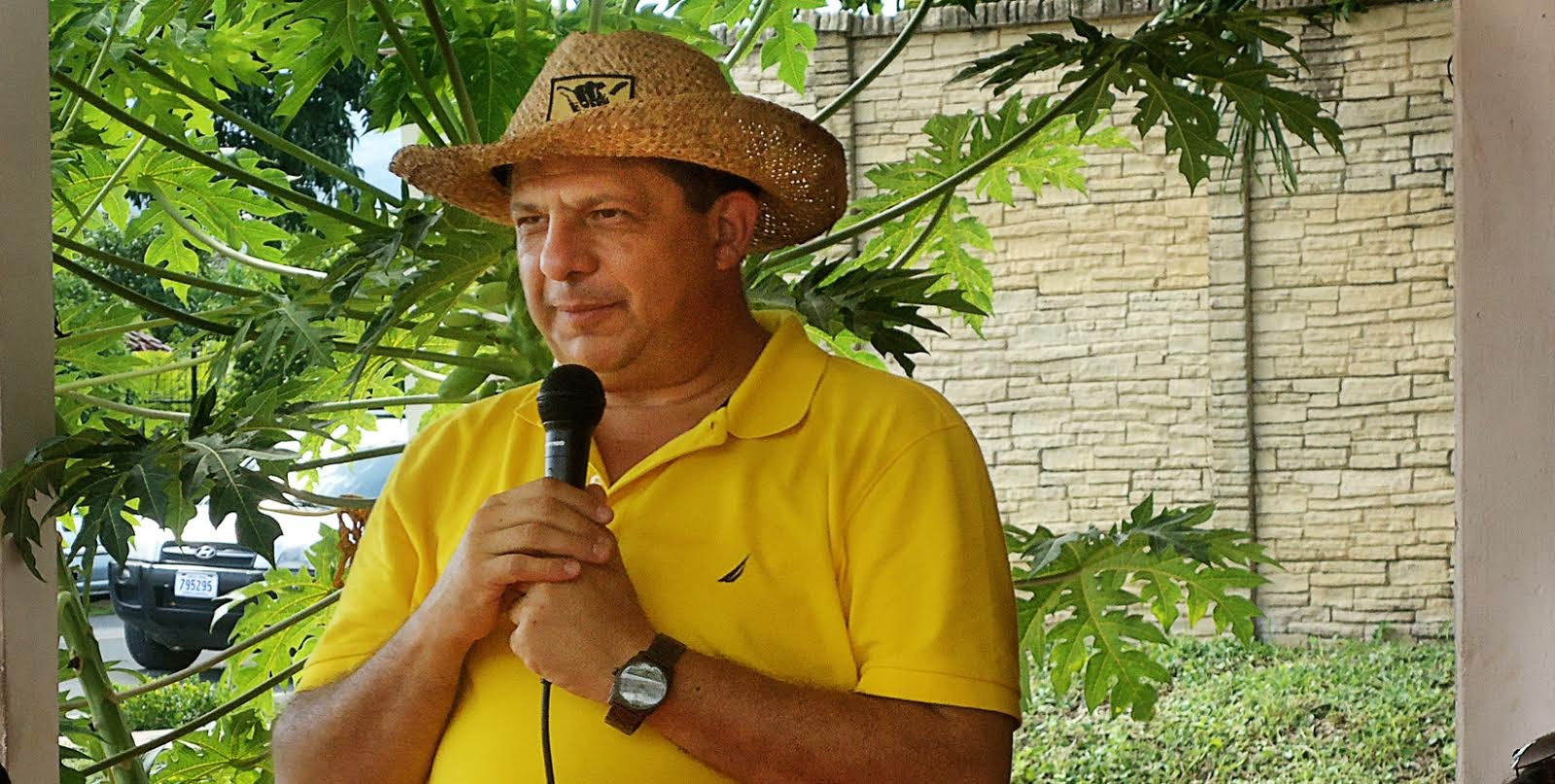

Comments